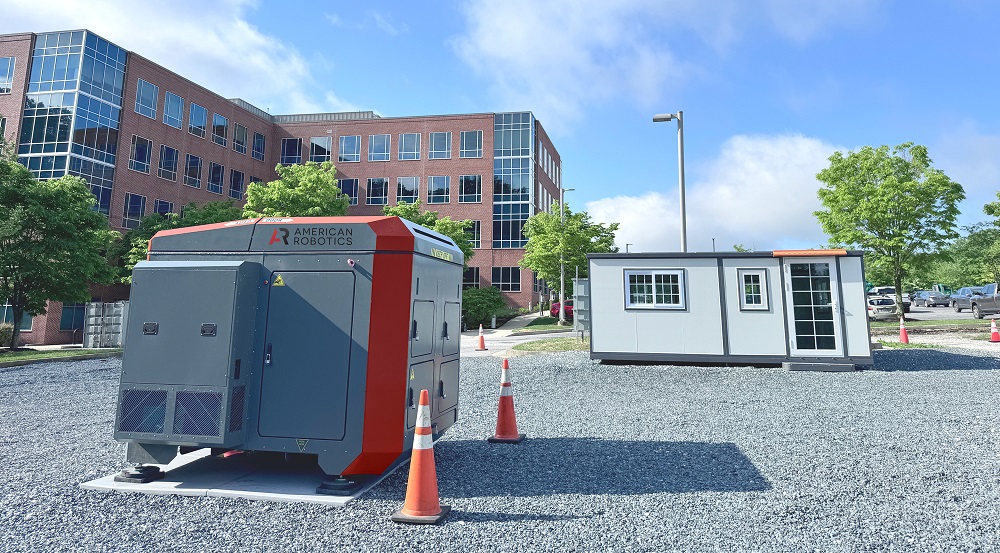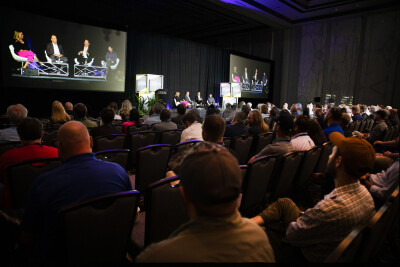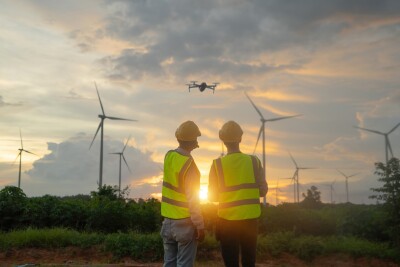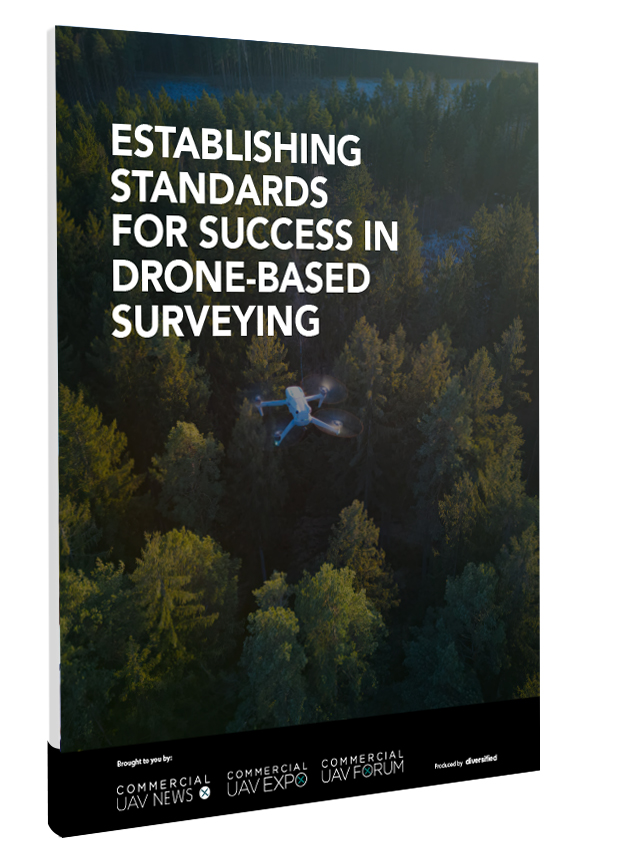Long referred to as the “Holy Grail” for the commercial drone industry, it’s hard to overstate the importance of beyond visual line of sight (BVLOS) operations. Enabling operators and organizations to scale how they do everything from perform inspections to survey entire terrains, BVLOS operations are set to fully unlock the potential of the technology that has been talked about for many years. In securing the recent FAA BVLOS waiver for expanded drone operations, American Robotics is looking to enable these exact operations in the present and for the future.
In the release, Timothy "T3" Tenne, CEO of American Robotics, mentioned this approval by the FAA is a validation of the company’s commitment to advancing the drone industry at scale, as it allows American Robotics' to conduct true BVLOS operations with its autonomous Optimus sUAS. It’s an important distinction because as we recently detailed, not all waivers are created equal. Many waivers have requirements surrounding the use of visual observers and restricting operations over people and moving vehicles when flying beyond visual line of sight, and that difference is something he underscored.
“If you break it down, many of the waivers approved by the FAA still require a visual observer,” Tenne explained. “That’s why we called out how and why this waiver allows us to conduct true BVLOS operations. We’re able to fly unfettered, autonomously, over people and vehicles. We can operate this technology in a way that is going to scale and that’s a major difference when you compare it to how so many other companies are flying.”
That difference connects with the FAA's forthcoming Part 108 framework, which is designed to standardize BVLOS operations for commercial drones. While Part 107 opened up the sky to drone operators, it did so in a way that has very real limitations around where/how 107 pilots can fly, requiring waivers. Part 108 will allow for more complex and expansive drone operations that eliminate this constraint to those companies and organizations that are ready to demonstrate to the FAA a robust level of safety that is on-par with crewed aviation.
While Part 108 will mark a significant inflection point for the industry, it will come with its own set of conditions and requirements. It’s believed that under this new framework, organizations will bear a much higher level of responsibility in conducting safe operations rather than just the individual Part 107 licensed Remote Pilot in Command. This waiver underscores Ondas' proactive approach to adapting to this framework, positioning them for sustained success in both the short and long term.
“Under Part 108, you're going to need a safety management system along with documentation and records management, but those are the sorts of things American Robotics has done from the onset,” Tenne told Commercial UAV News. “We already track our pilot training records, flight time, preventative maintenance schedules, OEM manuals and much more, all of which is going to be part of the baseline under Part 108. This has been built into the DNA for crewed commercial aviation for many years but has still not been adopted by many organizations in the UAS industry. Not having a complete and even focus on the Airman, Aircraft, Airspace within the operational framework may find themselves frustrated when they want to perform complex flight operations in a BVLOS environment. We consider the FAA our partner in aviation safety and we encourage collaboration and support with the regulator. This safety of the aviation industry is built and rests upon the integrity of its stakeholders.”
This approach is something that American Robotics is bringing to organizations of different types in various sectors, including defense, government, and for commercial customers. Their systems can operate autonomously with a preprogrammed route to instantly capture data in a way that defines advanced solutions for DFR, critical asset inspections and more. The Kestrel and Optimus System solutions are readily available and have been proven and successfully deployed by a variety of organizations and agencies. These systems empower teams with the capability to seamlessly swap payloads and batteries while maintaining 24/7 operations.
Drone-in-a-box (DiaB) solutions have become significantly more capable and easier to use in recent years, which have made a difference for individuals and organizations of all types. However, the future of these operations is dependent on how those same individuals and organizations are ready to operate and demonstrate safe and compliant operations to the regulator (like the FAA, EASA and many others) in one of the most highly regulated industries in the world. This will have the potential to lead to one-to-many operations, unlocking the top level of scale by allowing one remote pilot to manage and operate multiple UAS at the same time, further enabling a multitude of automated data streams that support the end users.
“Ultimately, for the customer, the drone is usually the least concern because what they really want is an automated data solution,” Tenne said. “To be able to do that, clients want to work with a company that can bring the right capabilities and solutions to bear in delivering the data. The positive partnerships at Ondas and American Robotics allow us to provide not only the best, but the right capabilities and solutions for our customers and we are committed to enabling timely, accurate, and reliable automated data solutions in support of their requirements. We continue to stand ready in this mission for our defense, government, and commercial partners.”
Stay tuned for more info about how American Robotics solutions are making a difference for DFR programs and as part of critical asset inspections as well as more with Tenne to detail the past and future of the Drone Integration Office at the FAA.
















Comments